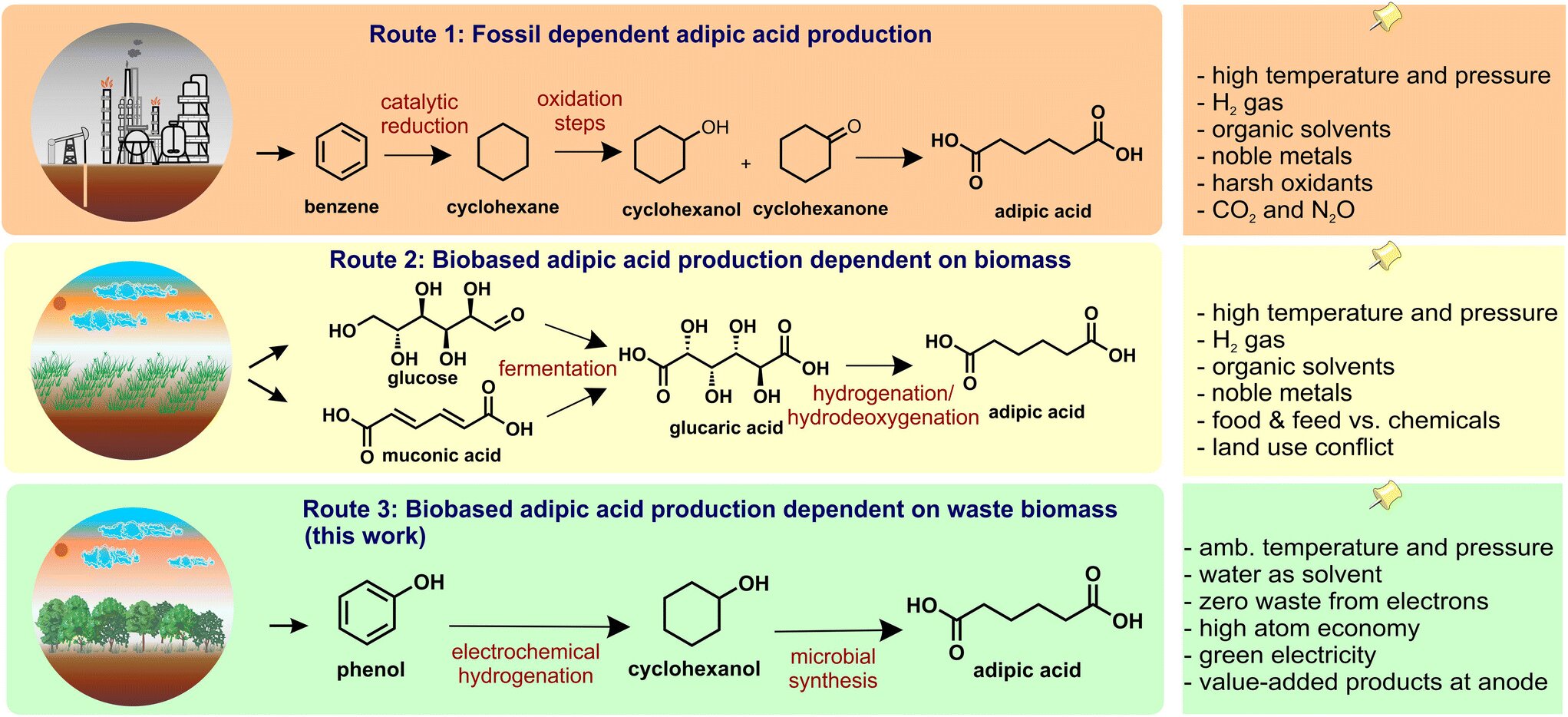MI weekly selection #521

Earth’s inner core is textured, not smooth
The Earth’s solid inner core is textured with ripples in the “fabric” that are more pronounced deeper into the core. Researchers examined seismic data from 2,455 earthquakes and found that the pattern of texture may mean Earth’s core endured a period of rapid growth before slowly hardening.
Full Story: ScienceAlert
Astronomers spot furthest supermassive black hole ever
Astronomers using the James Webb Space Telescope have found the most distant active supermassive black hole yet. The black hole is unusually small, weighing about 9 million solar masses compared to the typical weight of at least 1 billion solar masses, and the galaxy that houses the black hole still actively produces new stars.
Full Story: Space
Unusual distortions near East African Rift
The East African Rift is performing predictably in some ways, such as its perpendicular east-west movement, but the superhot African Superplume may also be creating anomalous distortions by thinning the lithosphere. The researchers closely monitored surface motions at the rift, analyzed the flow of mantle rock and then developed 3D simulations.
Full Story: Live Science
Bio-based nylon created using novel process
Petroleum-based raw materials are used to produce nylon, but a team of scientists have developed a method to produce bio-based nylon. The novel process uses microorganisms and electrochemical synthesis to create adipic acid, a key ingredient in making nylon,. The researchers also discovered that wood industry waste materials can replace phenol that can also be used to generate bio-based nylon.
Full Story: PhysOrg
Extra chromosomes spur tumor growth, may be targets
Chromosomes gained by cancer cells as they divide may promote cell growth and inhibit immune cells, but it also may make some tumors more susceptible to treatment. The researchers used CRISPR/Cas9 to edit cancer cell genomes and test the effects of deleting the bigger arm of an extra copy of chromosome 1, and the resulting cells multiplied more slowly than aneuploid cancer cells.
Full Story: Science